As part of a restorative justice workshop, a group of San Francisco prisoners were asked what they would change about the designs of places in which they were incarcerated. The project goals were twofold: engaging inmates educationally while also providing potentially actionable feedback for redesigning prison-related spaces, including parts of the system beyond just cells (from transitional spaces and reentry campuses to associated parks and gardens).

One might question whether inmate suggestions (including: more daylight, computer rooms, privacy screens and other amenities) are compatible with the goals of a strict justice system. Then again, one might equally well question the strictness of that same justice system in light of its relatively high recidivism rate: in the United States, roughly 2/3 of prisoners are found guilty of new crimes within the first 3 years after their release.
The program in California is not unique. A modular prototype known as the Freedom Room has emerged from a similarly inmate-oriented experiment in Italy, focused more specifically on prisoner living accommodations. This room design incorporates the creative input of high-security prisoners over the course of more than a decade.
The Freedom Room design solutions developed around 96-square-foot cells (roughly 3 x 4 meters) in this case are necessarily simple and generally modest, growing out of the necessary inventiveness of inmates used to living in cramped quarters and with limited materials.
In the emergent schemes, improvised solutions dominate: do-it-yourself shelving systems made from cigarette cartons, for instance, are supplanted by simple linear shelves. Other fixtures and furnishings are made to be as multi-functional as possible, with mirrors stored under beds and sliding tables that move out of the way to make space for exercising.
While these solutions were devised by and for prisoners, the project organizers see potentially broader applications for them in limited-space places such as youth hostels or urban apartments. Some detractors will no doubt see hostel-like cells as overly accommodating, but many countries with friendlier prison environs also boast extremely low rates of reincarceration.
Coming at the prison design problem from a bigger-picture perspective, architectural designers likewise struggle with being commissioned to create spaces for incarceration. Much like lawyers and journalists, architects follow a code of ethics, and some have lobbied the American Institute of Architects to prohibit registered professionals from designing spaces deemed inhumane, such as solitary confinement cells and execution chambers.
Critics of this prohibition approach point out that such spaces would then be designed by less-experienced persons, leading them to be even less humane, and suggest architects champion proactive solutions instead of strict abstinence.
A student at the Harvard Graduate School of Design has proposed a discussion-provoking hybrid approach for prisons dubbed PriSchool. The program of Glen Santayana’s conceptual thesis project incorporates a school of criminology, combining the campus with an urban prison and situated in Brooklyn.
The complex is designed to hold non-violent offenders and to interweave incarceration functionality with a plan that also accommodates persons studying crime, allowing each subset of occupants to learn from the other. This new model prison, Santayana hopes, could help create more model prisoners.
The scheme also features a community center conceived of as a liminal zone where prisoners about to be released begin to intersect with the surrounding neighborhood. A ‘pre-release’ building is situated between the prison portion and the community center, bridging those programmatic elements both conceptually and physically.
Ranging from pragmatic and detail-oriented to conceptual and large-scale, these design approaches have something critical in common: they are attempts to address insufficiencies in the prison system through positive action rather than issue avoidance. Moreover, they are aimed not only at helping prison populations, but also improving the lives of those ostensibly living outside of the prison system-as-such, yet invariably impacted by that system. Surrounding communities have just as much of an interest in reducing repeat offense rates as reformed prisoners seeking to turn their lives around.
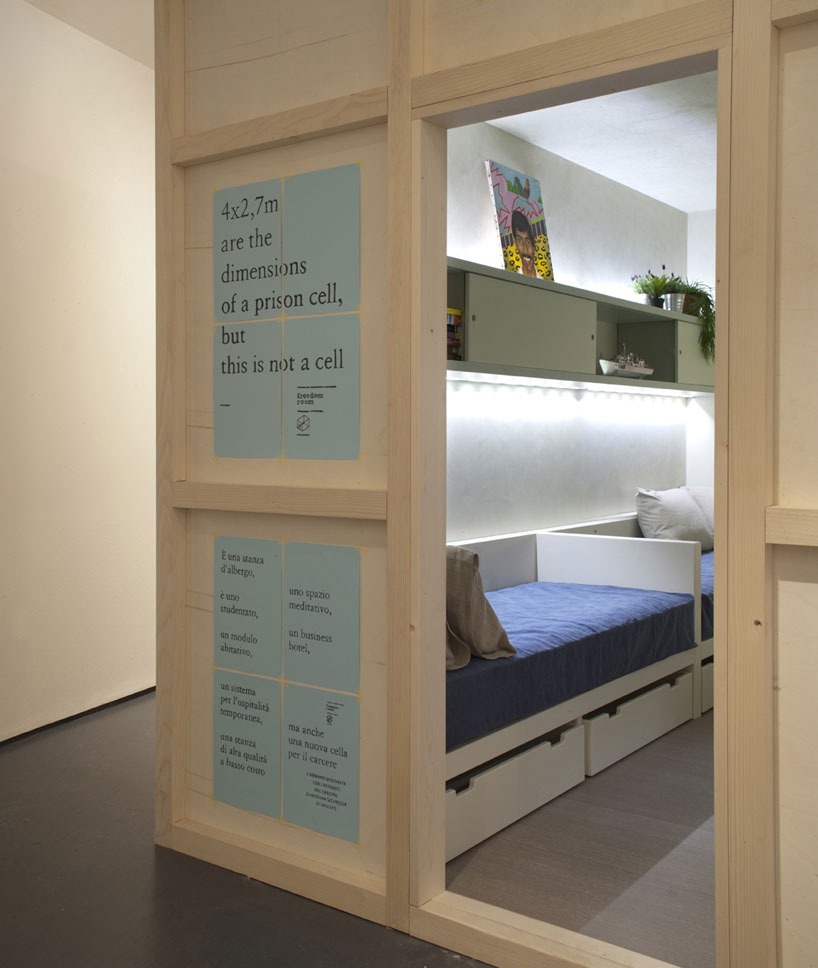
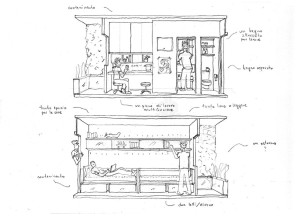
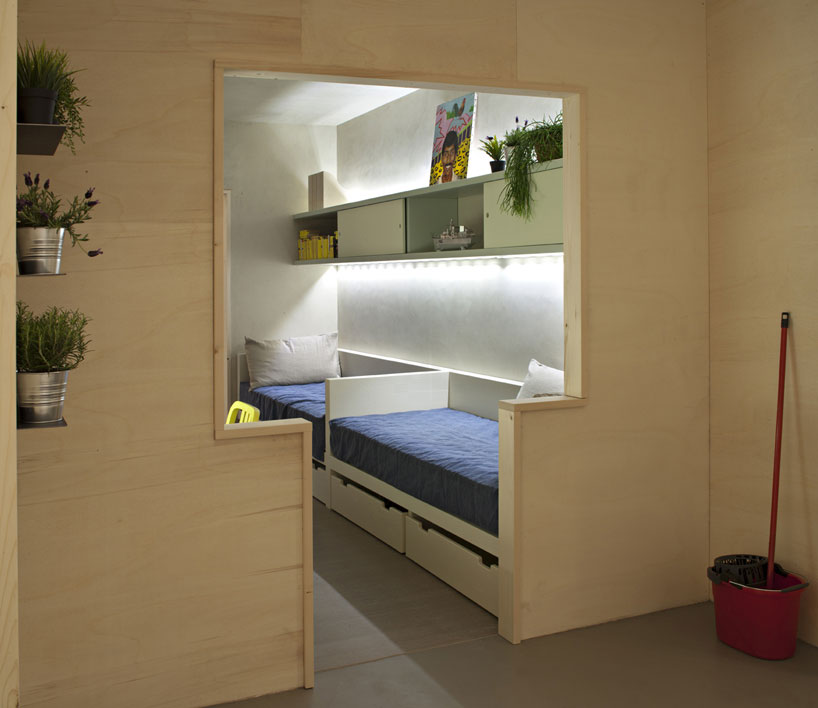
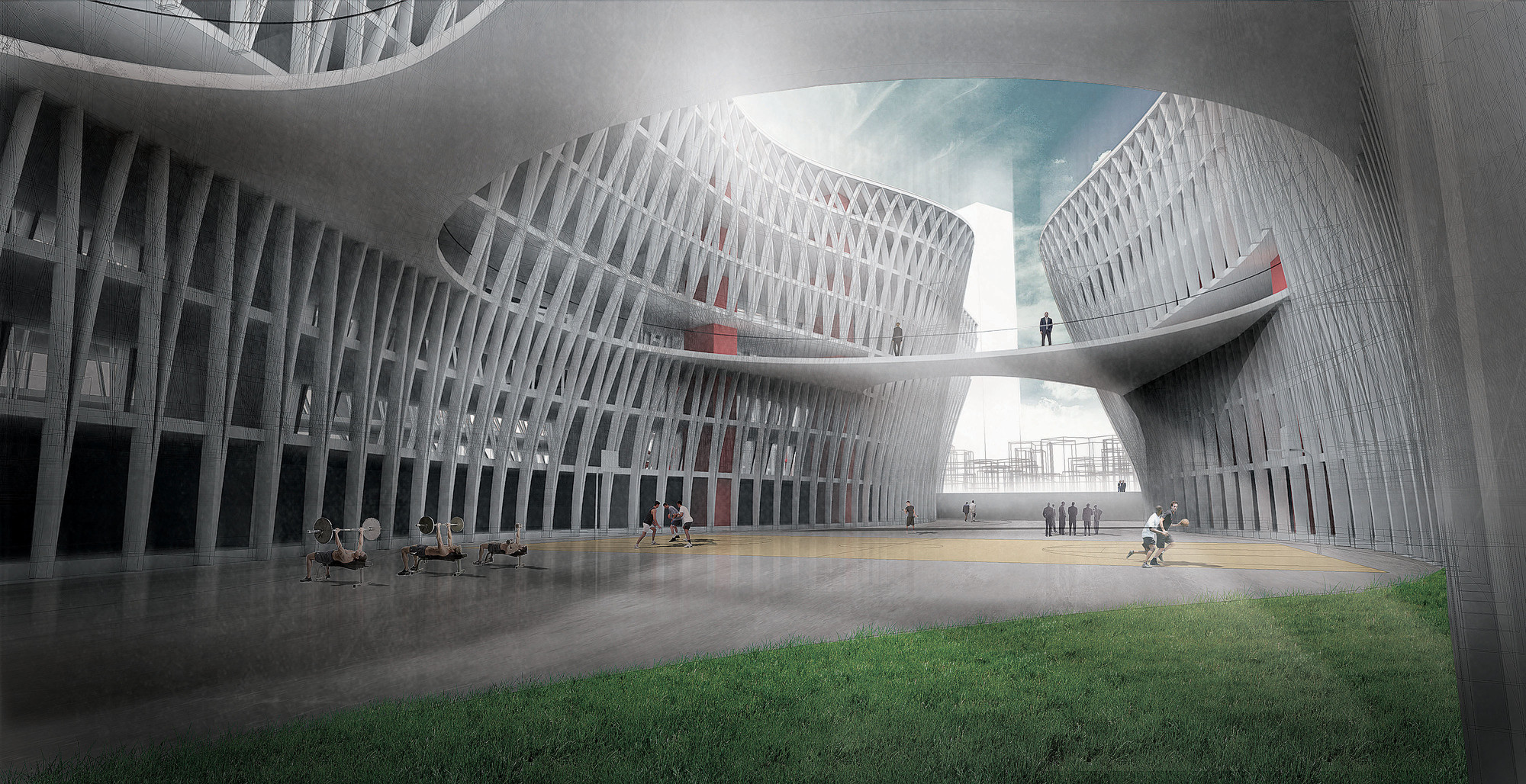
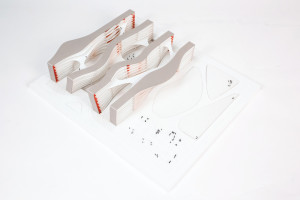
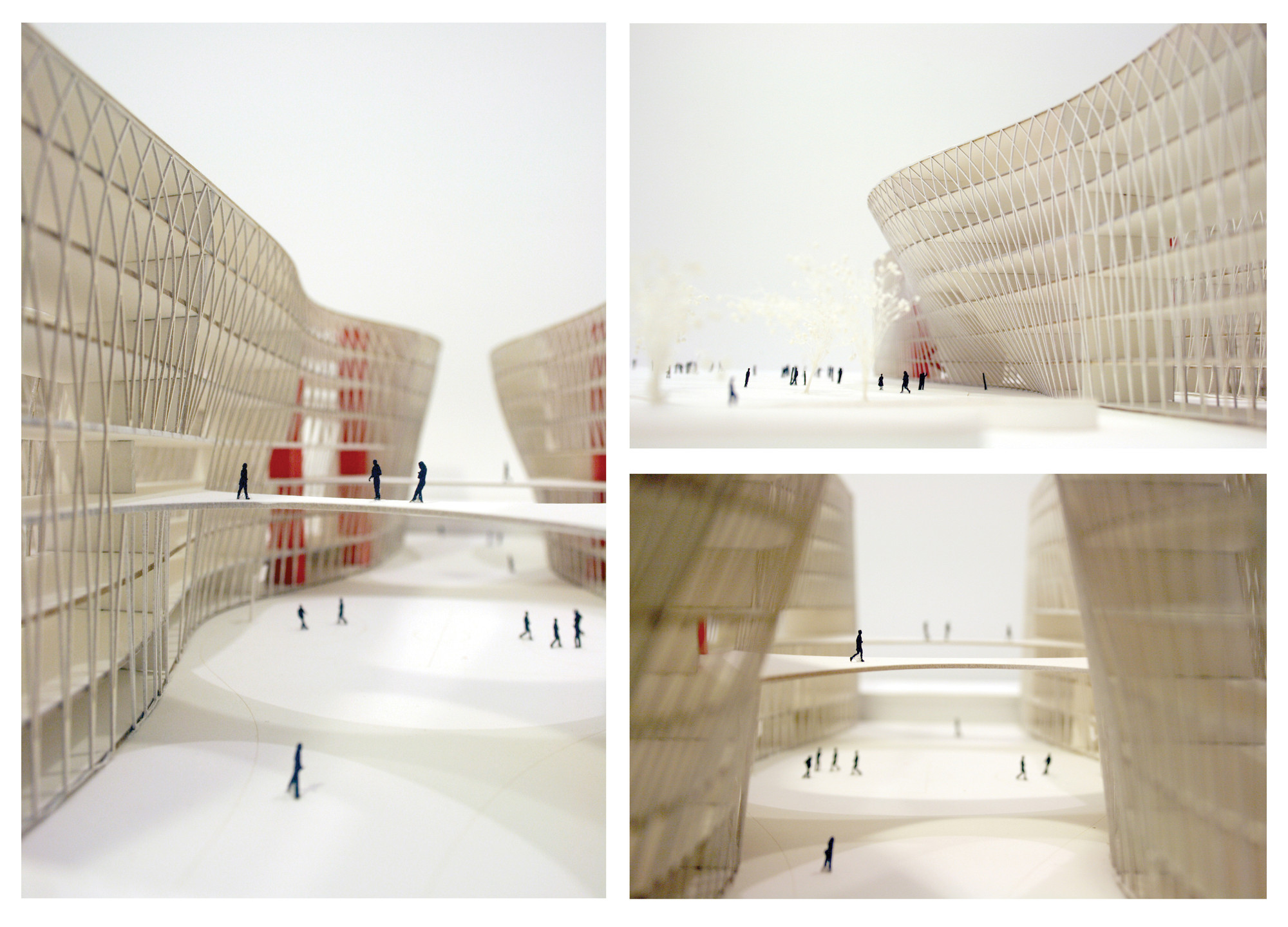




Comments (2)
Share
I have worked for 20 years with youth involved in the Canadian Criminal Justice system as a Clinical Social Worker and manager of a youth forensic psychiatric clinic. The issue of rehabilitation in correctional facilities has been front and centre in my career. I am convinced the more respect and humanity we show those people convicted of crimes the less likely they are to reoffend. My work has proven me correct more times by far than not. Thanks for this info it’s so interesting. I love your podcast too. I’ve been listening for a couple of years now.
The US so called justice system simply doesn’t care. The people who elect the people who pay for the system do not care. I’ve no clue as to how to even imagine how it might be corrected.